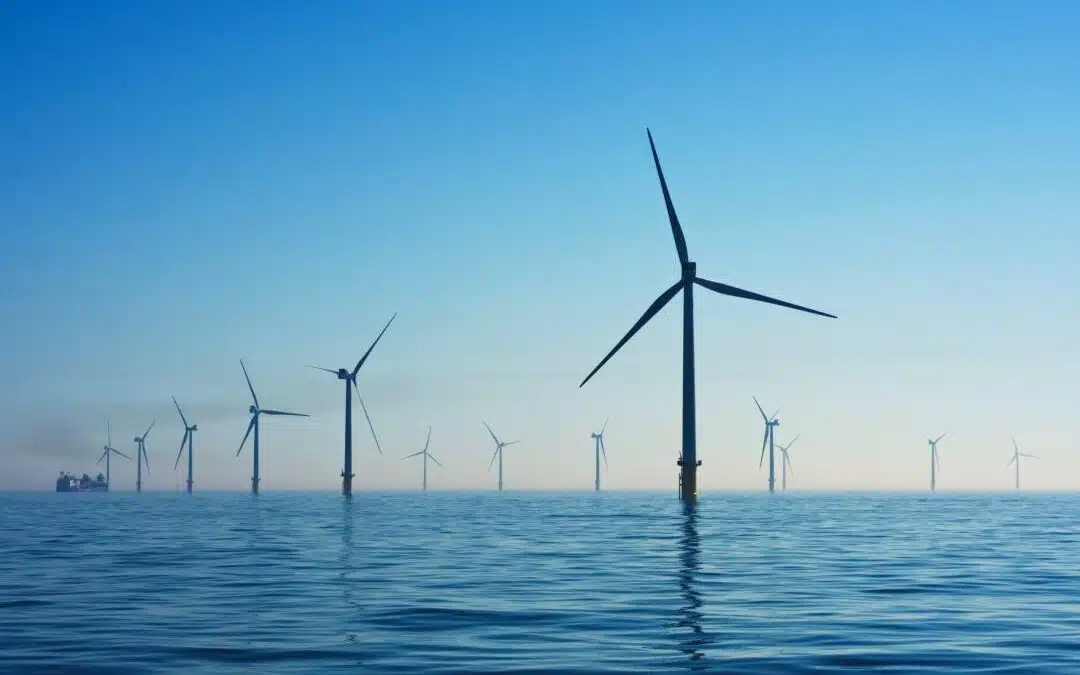The cloud. A common term for a model of computer data storage in which the digital data is stored in logical pools. Physically, cloud based data reside on multiple servers, typically in large, land-based facilities. That may be about to change. Soon the cloud may become quite waterlogged.
Data centers are going down to the sea.
Before discussing this evolutionary retreat, let me highlight two salient facts. The first: Data centers consume a great deal of energy. It takes mucho electricity to run and cool banks of servers and related hardware. Second: The world’s data storage needs are increasing. The global, Covid-driven transition to remote activities has further accelerated demand. The long term “cloud trends” look costly from both a financial and environmental viewpoint. Experts estimate that the Information and Communications sectors of the global economy account for 2% of the world’s carbon footprint. That share is expected to grow to 14% in twenty years.
All of which explains why Microsoft has been testing underwater data centers. Its “Project Natick” recently retrieved an underwater data center from the waters off the Orkney Islands in Scotland, where servers had been humming along 117 feet below the sea’s surface for the past two years. Free from human intervention, cooled by the seawater, and flushed with nitrogen to reduce corrosion, the servers performed well. With far fewer failures than their land-based cousins, reduced energy usage, and no effective land/rental expenses, the initial experiment proved successful on many levels.
The advantages of this sea based storage go beyond costs savings and efficiency. Over half the world’s population lives within 120 miles of the sea. Storage at sea makes logistical sense. With units that can fit in a standard shipping container, transport nearly anywhere is possible. When located near or within offshore wind farms, energy access will be assured.
Your business’s future may lie offshore . . . and I don’t mean the Cayman Islands, Jersey, or Malta. Your business or, at least, its data could be underwater.
So, with apologies to John Masefield, whose lovely poem, “Sea Fever” was required reading for many of my generation, I think it’s time for this cloud based update.
I must down to the seas again, to the lonely servers and the sky,
And all I ask is a cellphone with four bars to steer by;
With a thumb’s flick, a welcome tone, the bright screen’s awaking,
And that drowsy look in my latest selfie says a new dawn’s breaking.
I must down to the seas again, for the call of the running tide
Is a wild call and a clear call that may not be denied;
And all I ask is a breezy day to keep the wind farm generating,
And the assurance that, far below, the servers are operating.

Peter has spent the past twenty-plus years as an acting/consulting CFO for a number of small businesses in a wide range of industries. Peter’s prior experience is that of a serial entrepreneur, managing various start-up and turnaround projects. He is a co-founder of Keurig.

